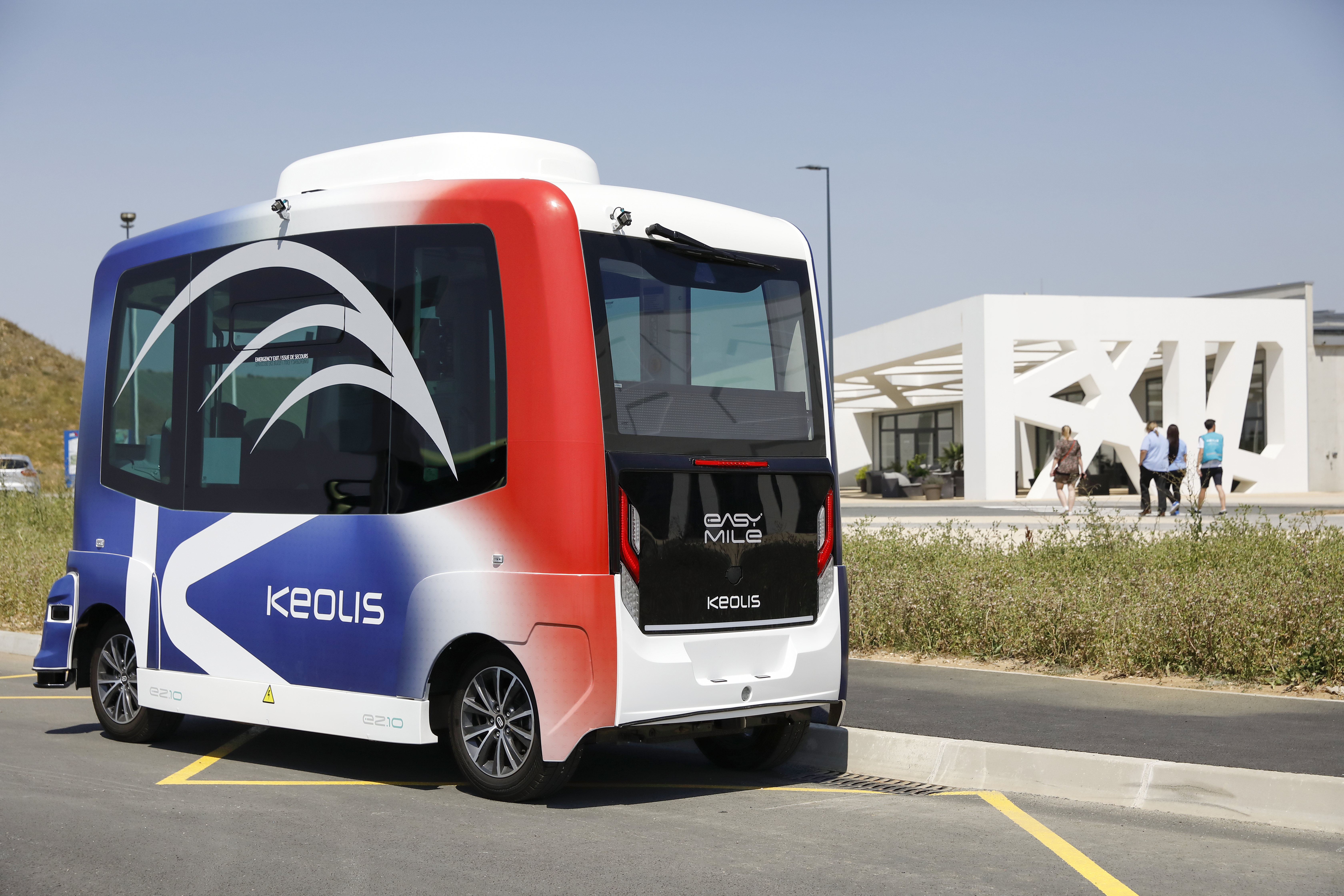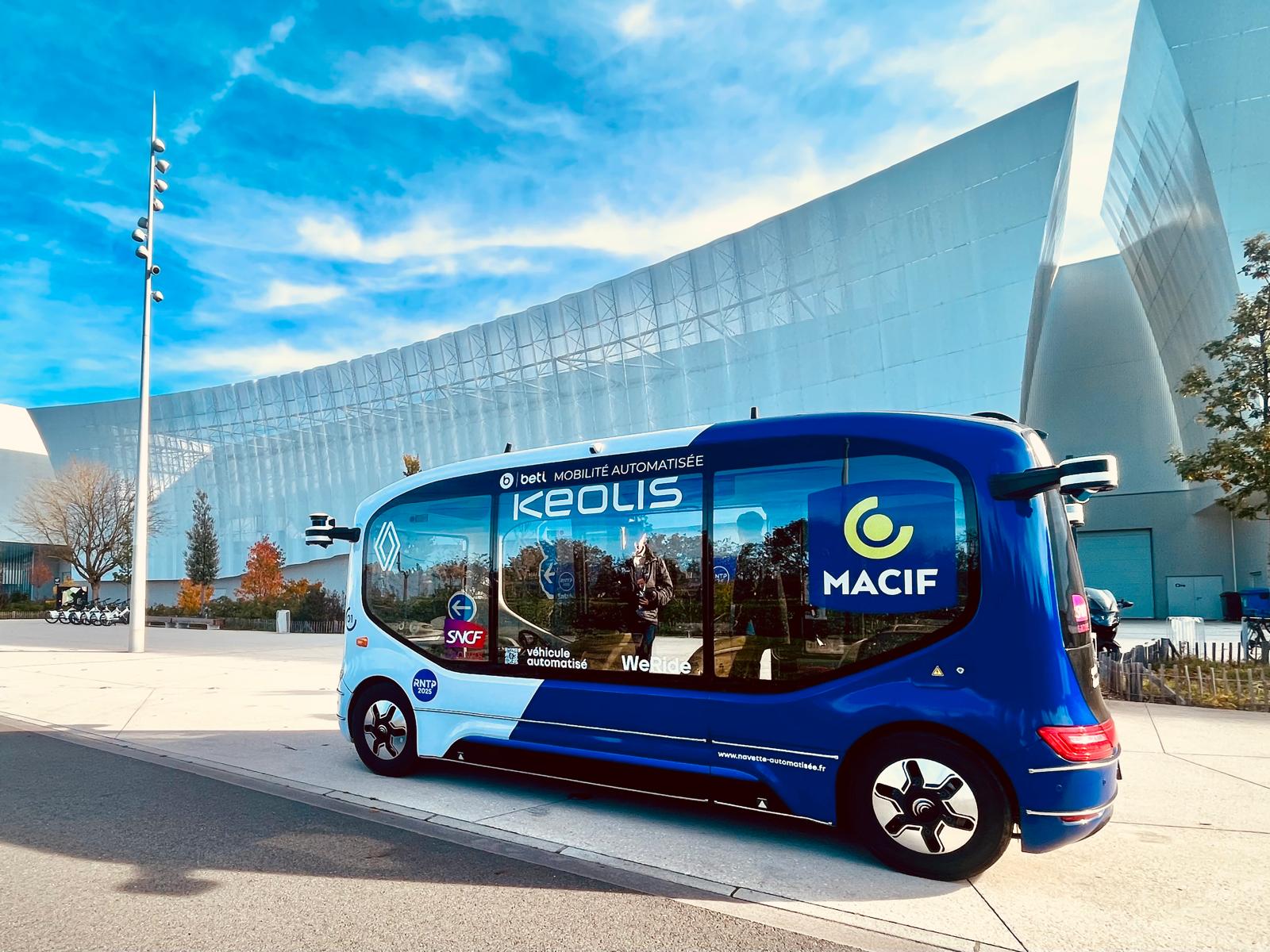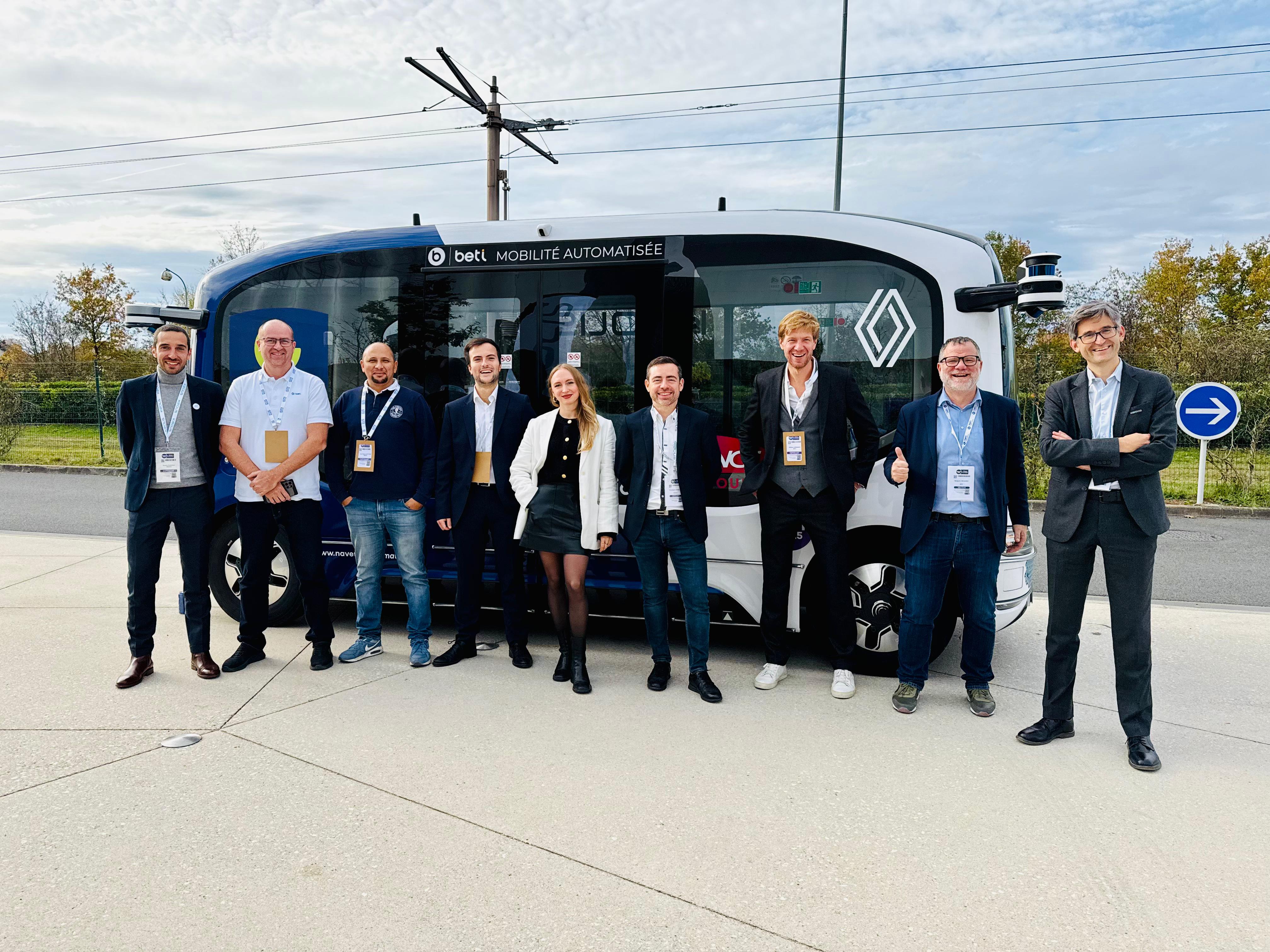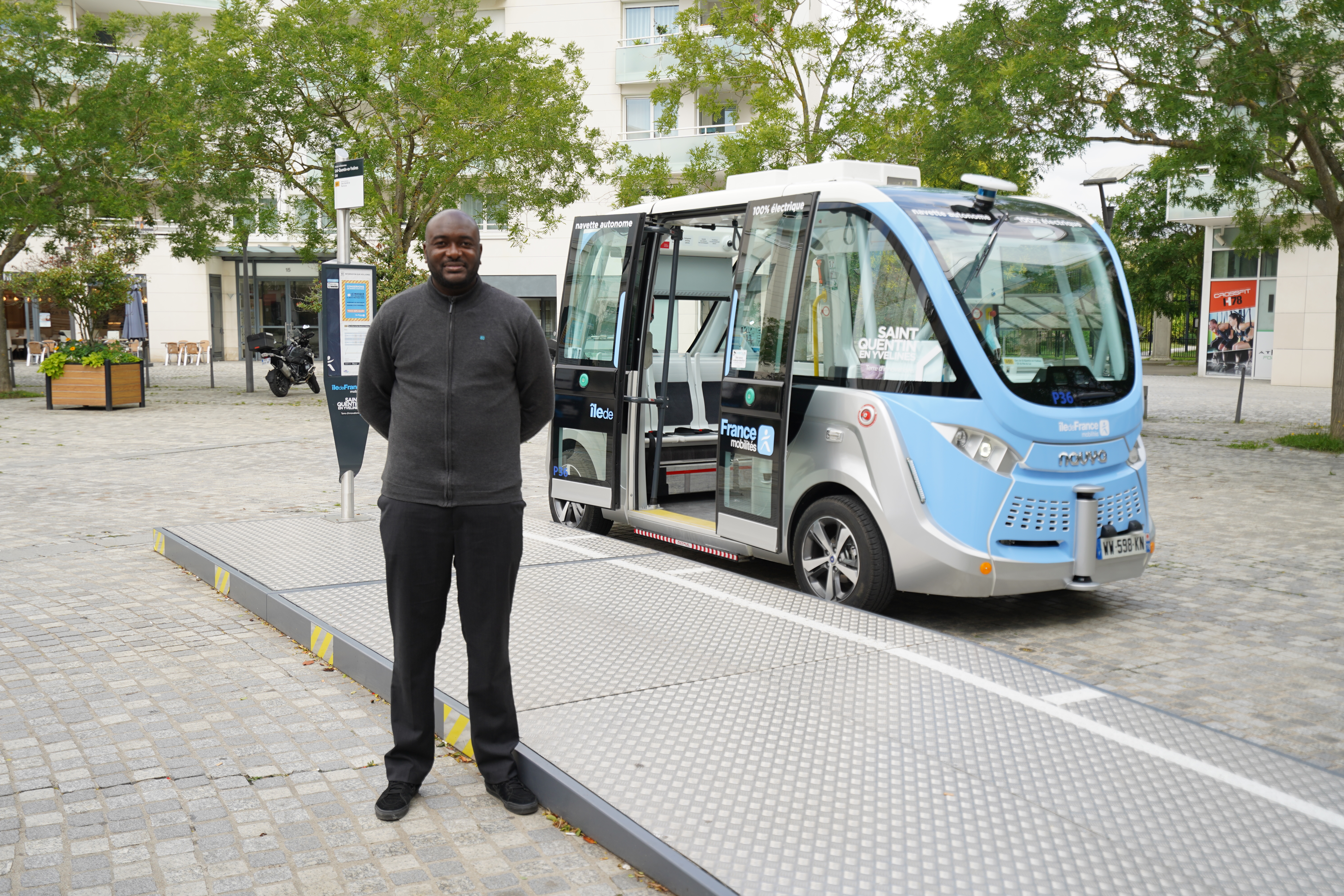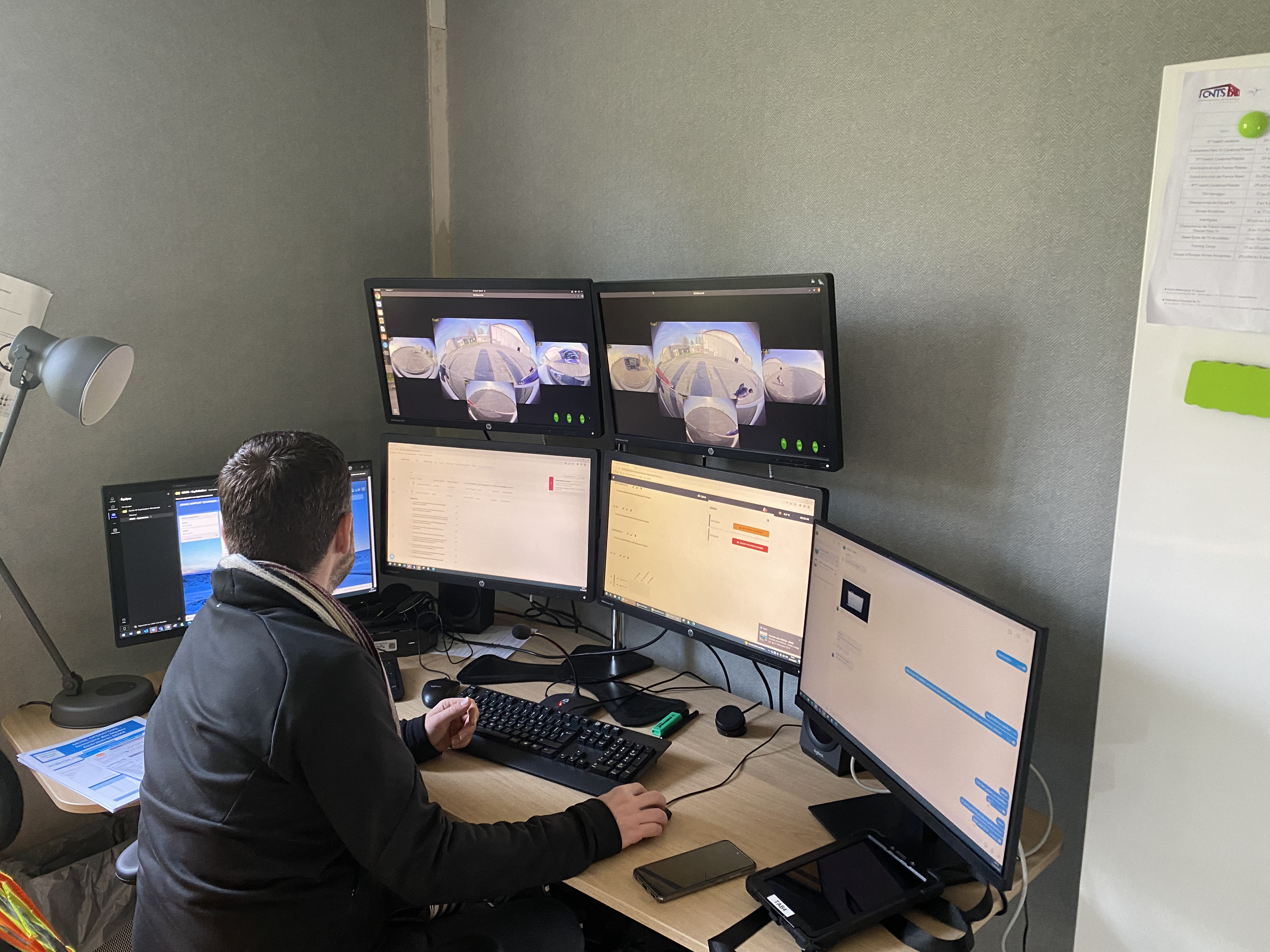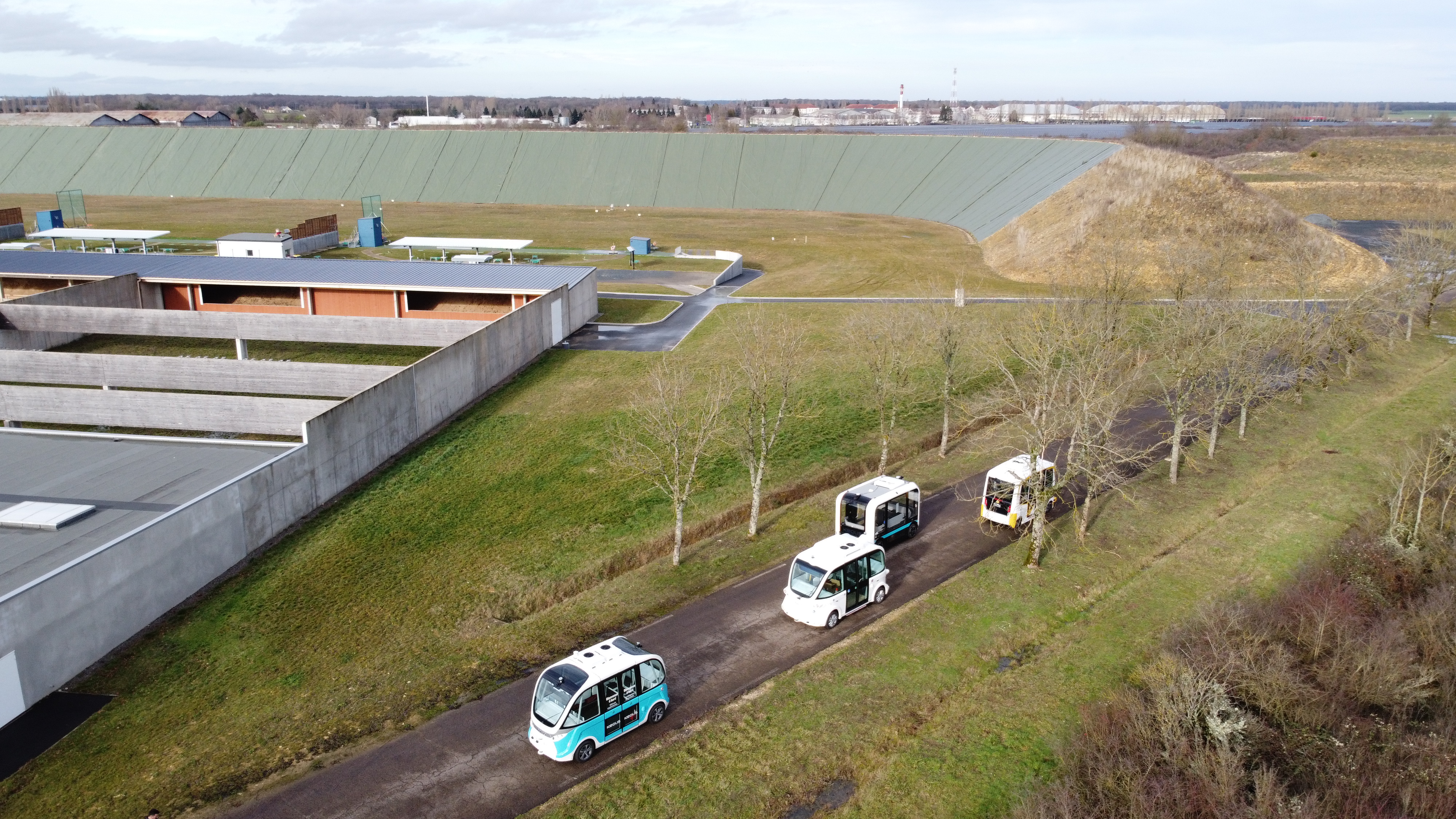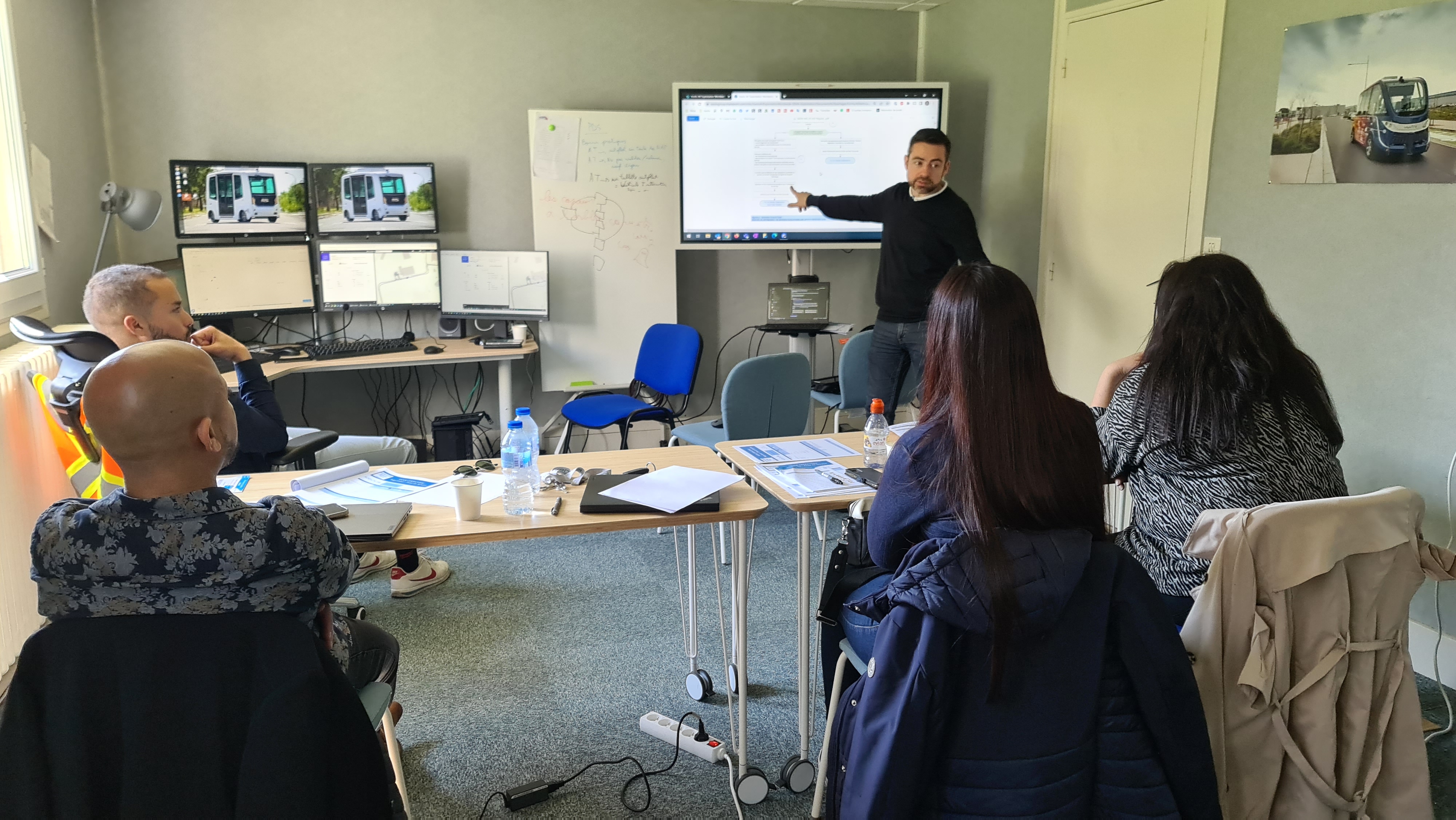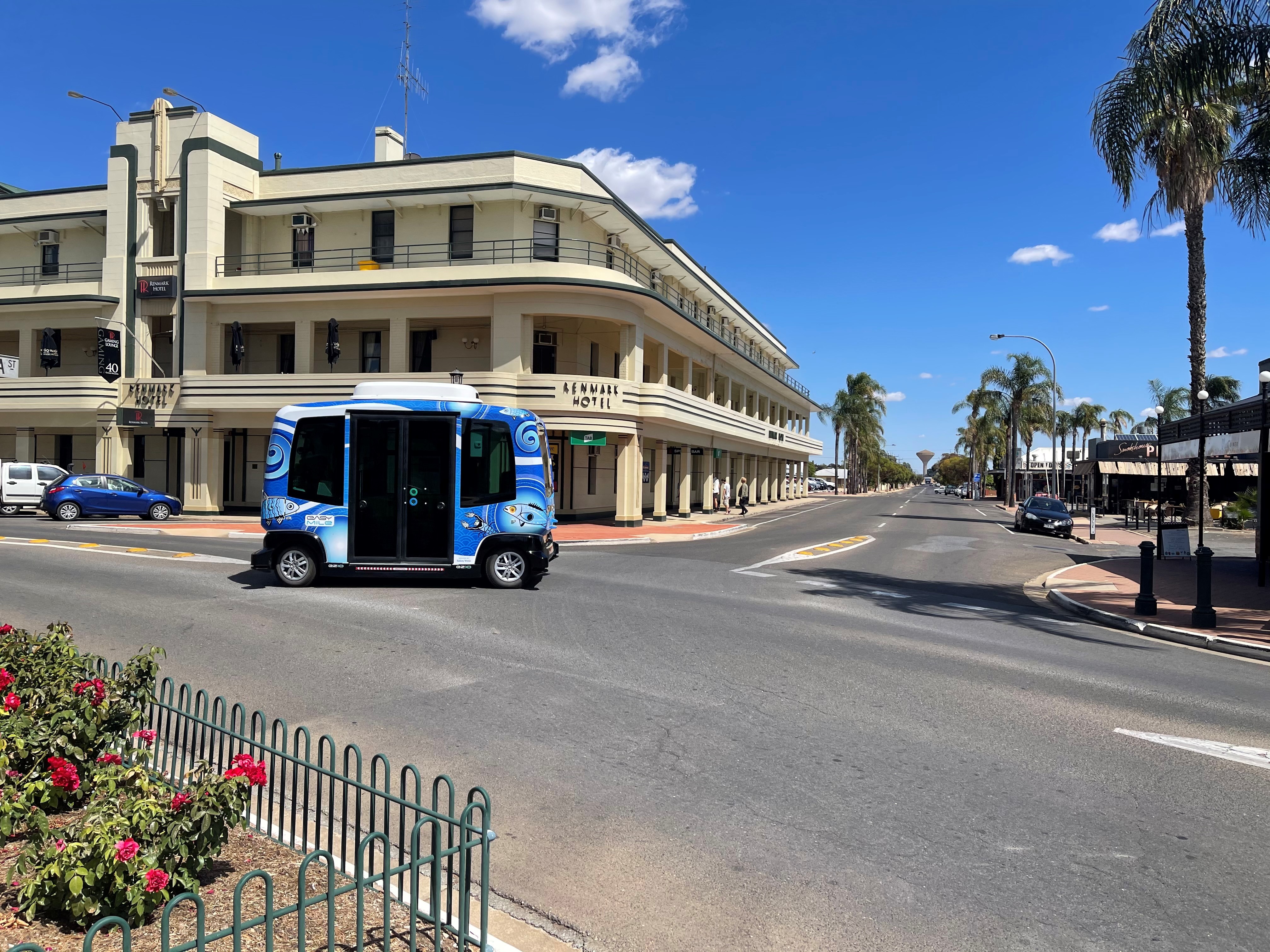Autonomous mobility is all the rage nowadays: not only are many countries adopting this rapidly advancing technology at a growing pace, but tech giants are also getting involved in partnerships in this area. However, autonomous vehicletechnology is not enough to create a service on its own: mobility operators still need to innovate so they can integrate this technology into their transportation offers and thereby provide autonomous mobility services that are integrated, secure, reliable and efficient. Further considerations include regulatory approaches and use cases, which vary from country to country.
Together, we will explore the international context, as well as the main use cases and business models for autonomous mobility. We will also discover how Keolis approaches this topic with its convictions, current projects and future outlook.
